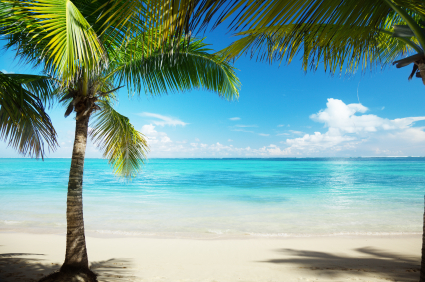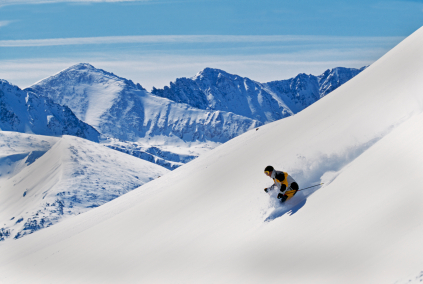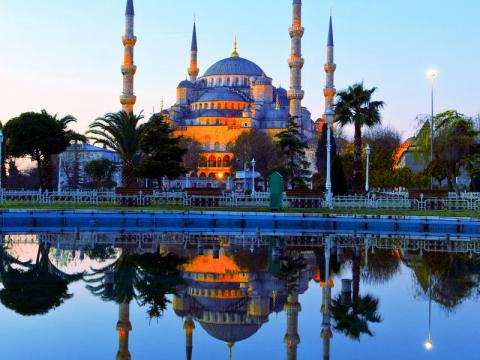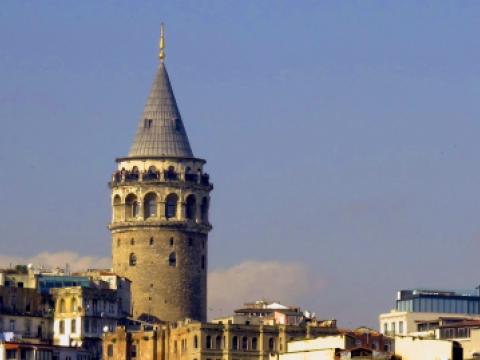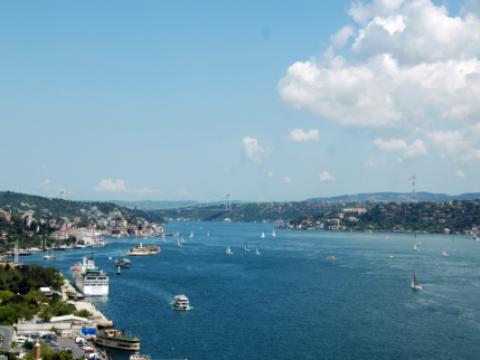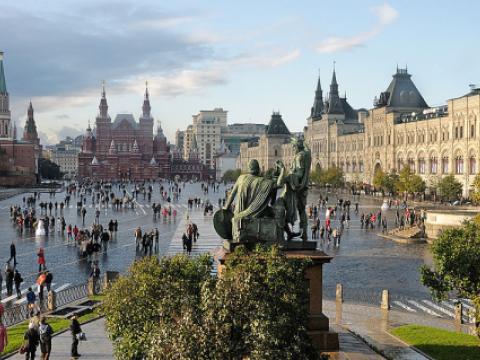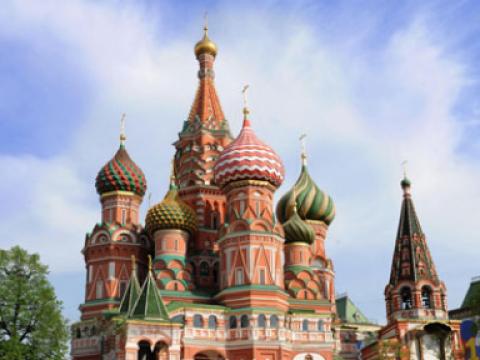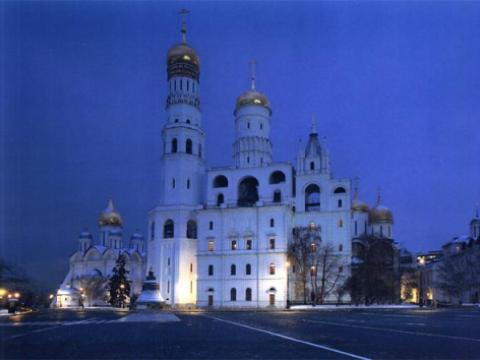Location
The Chinatown in Singapore is the name of a district with predominately Chinese cultural influence. The area is a myriad of various architectural styles, ranging from baroque to Victorian, all with a touch of Chinese culture. The Chinatown has a long history, but its modern-day look it owes to architects from the 19th century onwards.
Important landmarks of the area include 2 places of worship – the Jamae Mosque and the Sri Mariamman Temple. These 2 buildings stand in a predominately Chinese neighborhood. The mosque was built by the Tamil Muslim community, while the Sri Mariamman is an Indian temple.
Chinatown is located in an area named Outram. The district has its own metro station – Chinatown, operating in the very center of the area.
Whether you decide to dine in some traditional Chinese restaurant or shop in boutiques in the area, you’ll find that the prices are more than affordable.


